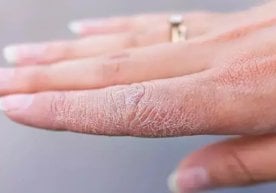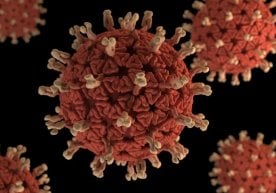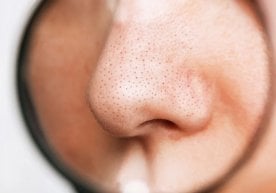
Yellowing of a newborn’s skin often worries many parents. This condition, known medically as neonatal jaundice (or hyperbilirubinemia), is one of the most common issues in newborns.
In most cases, it's a natural and temporary condition seen during the first weeks of life. However, in some instances, jaundice can signal more serious problems.
Main causes:
1. Elevated bilirubin levels
When red blood cells break down, they release bilirubin. The liver processes and removes it from the body. In newborns, the liver may not yet function fully, leading to bilirubin buildup and yellowing.
2. Premature birth
In premature babies, liver function is weaker, which increases the risk of jaundice.
3. Blood type incompatibility (Rh conflict)
If the baby’s blood type differs from the mother’s, her immune system may attack the baby’s red blood cells, increasing bilirubin levels.
4. Breast milk-related jaundice
In some cases, breast milk composition can increase jaundice. Usually, this is harmless and does not require treatment.
How to recognize it?
Yellowing usually starts in the whites of the eyes and face, then spreads across the body. Pressing gently on the baby's forehead can reveal yellowing more clearly.
When to see a doctor?
- If jaundice lasts more than 2 weeks;
- If the baby has a fever or is very sluggish;
- If feeding becomes difficult or the baby sleeps excessively.
Jaundice is often harmless in newborns, but serious conditions can sometimes lie behind it. Don’t ignore yellowing — consult your doctor.
Early diagnosis is the key to a healthy future! Read “Zamin” on Telegram!
Ctrl
Enter
Found a mistake?
Select the phrase and press Ctrl+Enter Related news
Information
Users of Меҳмон are not allowed to comment this publication.
Users of Меҳмон are not allowed to comment this publication.









![[img]https://zamin.uz/uploads/posts/2025-11/532081a9](/templates/zaminuz/dleimages/no_image.jpg)



